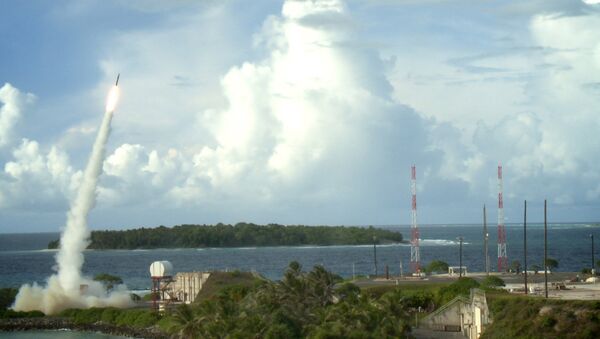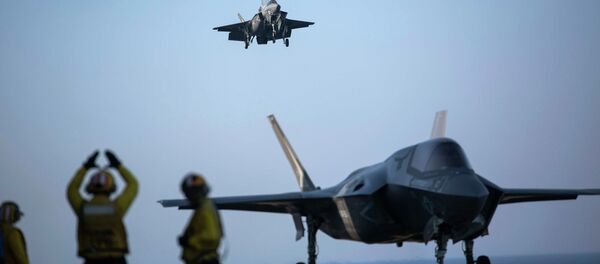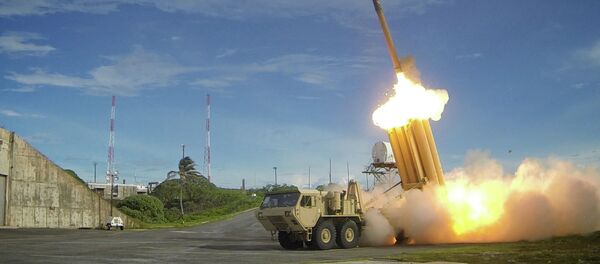The Pentagon first announced plans to put the advanced missile-defense system on the Korean Peninsula in 2014, causing concern in Beijing and Moscow. The Chinese government, at the time, observed that THAAD could undermine China's "legitimate national security interests," as the system is capable of detecting and intercepting Chinese missiles.
A final agreement between Seoul and Washington on the issue was reached earlier in July, following a fourth underground nuclear detonation by the DPRK.
In late September, the sides announced that a THAAD system would be located about 180 miles southeast of Seoul in Seongju County, far from densely-populated areas.
On Friday, US Forces Korea General Vincent Keith Brooks specified the timing and other details on the deployment, Yonhap News Agency reported.
“It will come in the next eight to 10 months,” Brooks said at a meeting in Seoul, adding that the Korean unit will be “larger configuration than the one in Guam.”
The US military base in Guam possesses two missile launcher pads along with a reserve. A normal THAAD system installation has six launchers.
Chinese Foreign Ministry spokeswoman Hua Chunying claimed that the step will destabilize the balance of power in the region, adding that Beijing “will undertake all the necessary steps to protect its security interests” in the event that the THAAD system is installed.
The US, however, has made light of the claims, as Washington has considered the possibility of additional rotational deployment of American strategic assets, or even nuclear weapons to South Korea, according to Brooks.




